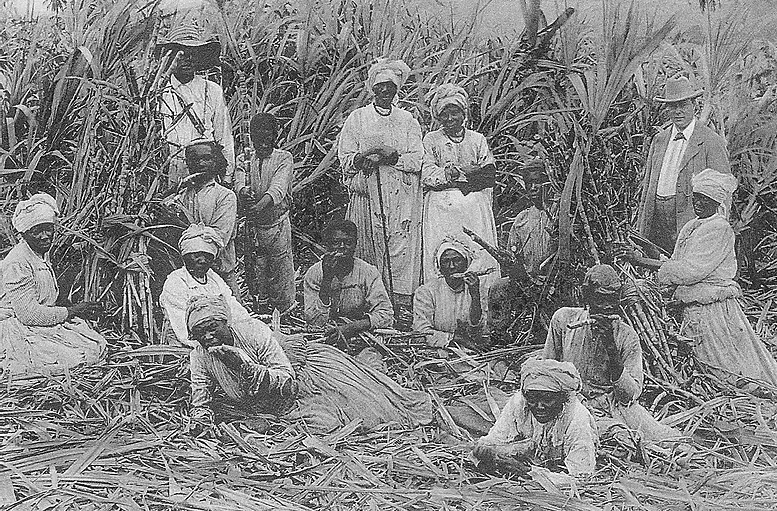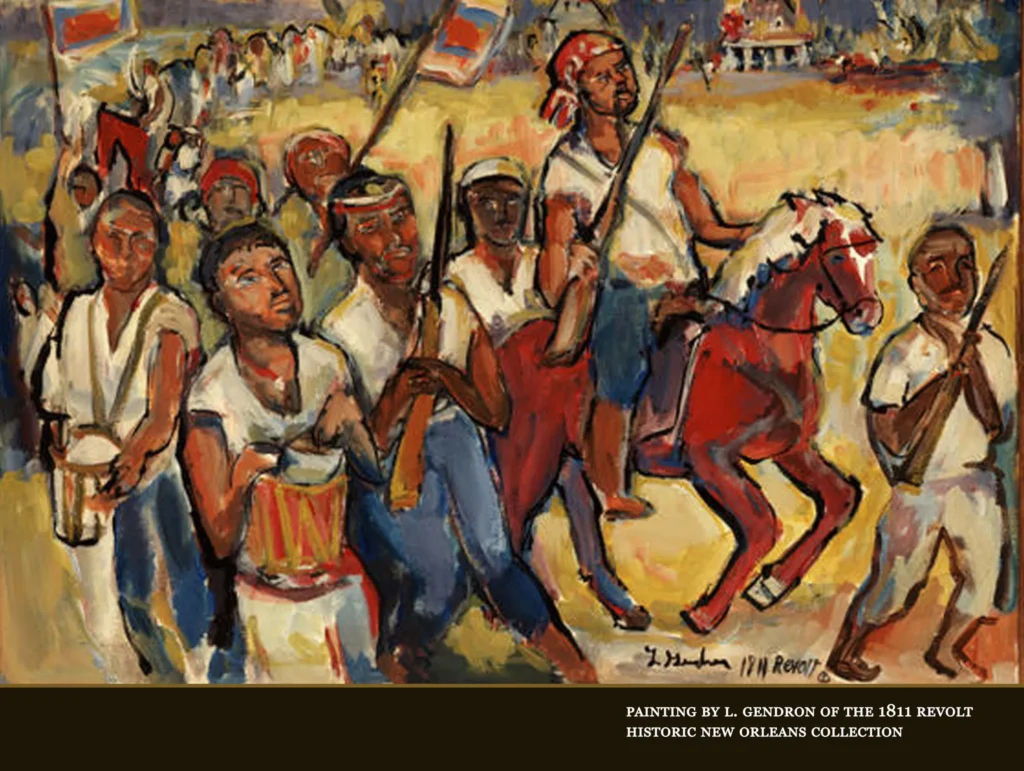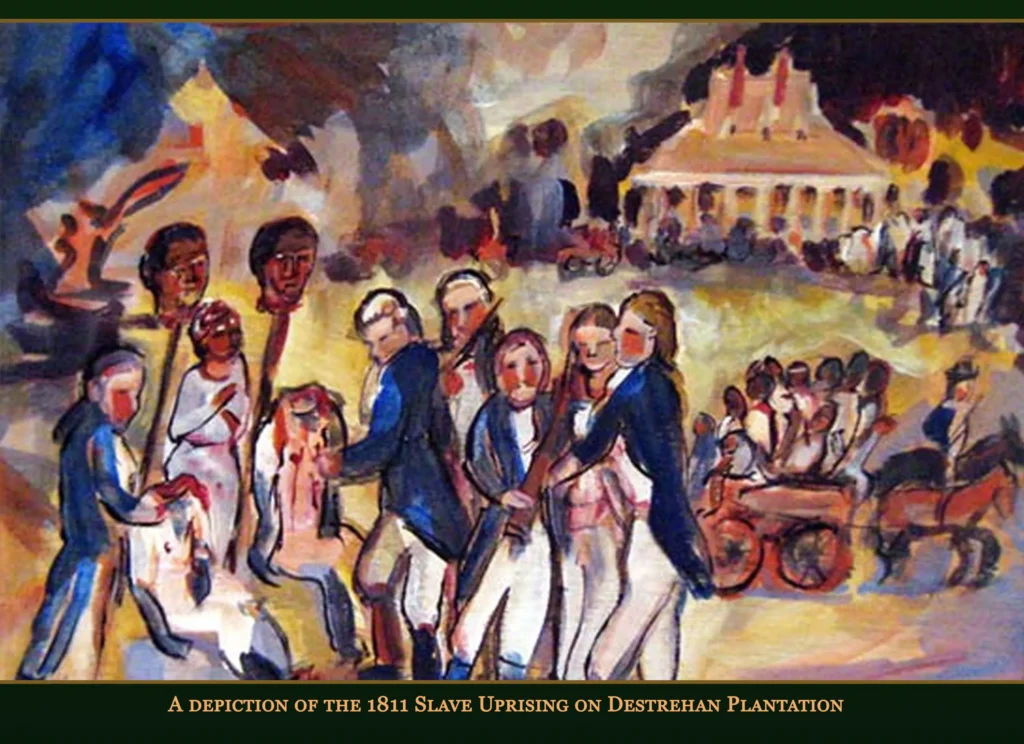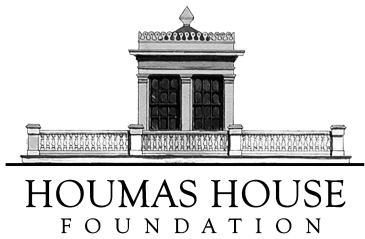| Although slavery was not the primary reason for secession, it would ultimately play a major role in the conflict which |  |
Slavery Timeline
1712
1811 Slave Uprising
Charles Deslondes, a Haitian slave overseer led a failed 1811 uprising beginning at Woodland Plantation.
In 1811, the largest organized rebellion of the enslaved on American soil took place in Louisiana. Beginning on Jan. 8, 1811 at Col. Manuel Andry’s plantation in present-day LaPlace, over 200 enslaved African Americans led by Charles Deslondes marched down the river for two days, finally reaching Jacques Fortier’s plantation near present-day River Town in Kenner, a distance of over 22 miles.
 Inspired by events in Haiti, where the enslaved population took over the island nation and abolished slavery, these poorly armed freedom fighters marched with flags, banners and drums hoping to inspire a similar revolution in Louisiana. They were surprised by a detachment of troops in the morning of Jan. 19, 1811 and were forced to turn back upriver. There they encountered a group of local militia and were surrounded, giving up the march. In all, about 20 African Americans were killed in the fighting; three white men were also killed, and five buildings along the route burned.
Inspired by events in Haiti, where the enslaved population took over the island nation and abolished slavery, these poorly armed freedom fighters marched with flags, banners and drums hoping to inspire a similar revolution in Louisiana. They were surprised by a detachment of troops in the morning of Jan. 19, 1811 and were forced to turn back upriver. There they encountered a group of local militia and were surrounded, giving up the march. In all, about 20 African Americans were killed in the fighting; three white men were also killed, and five buildings along the route burned.
Two days later on Jan. 13, 1811, a tribunal was convened at Destrehan Plantation to ascertain the guilt of those who either surrendered or were captured, and to determine punishment. After three days of hearings, 45 men were either sentenced to death or sent on to New Orleans for further trials. Those sentenced to death were taken by troops to their master’s plantation, executed by firing squad and beheaded. Their heads were displayed on poles at that plantation.
 |
This revolt made the newspapers nationwide and brought about more restrictive laws for both enslaved and free blacks, not only in Louisiana, but also throughout the South. |
